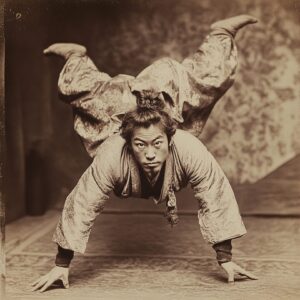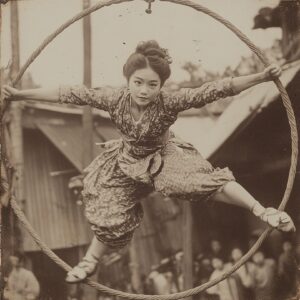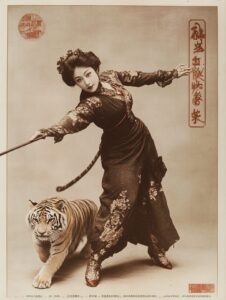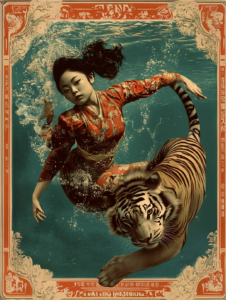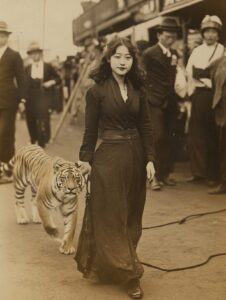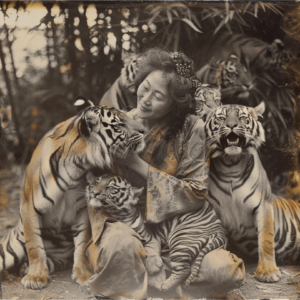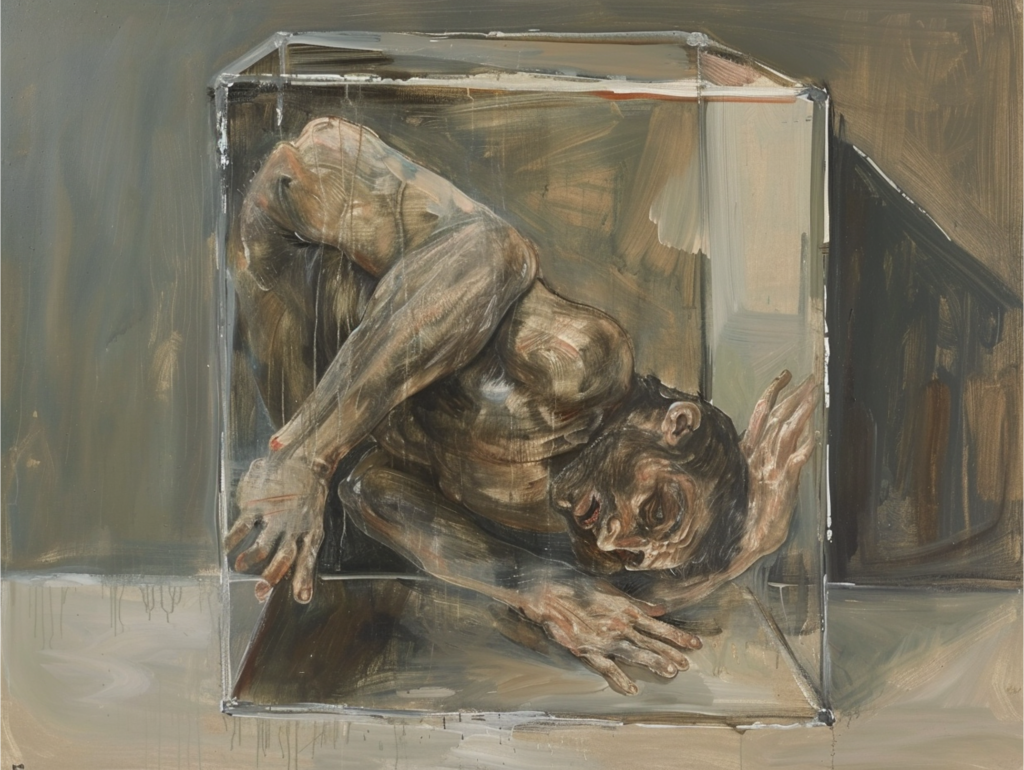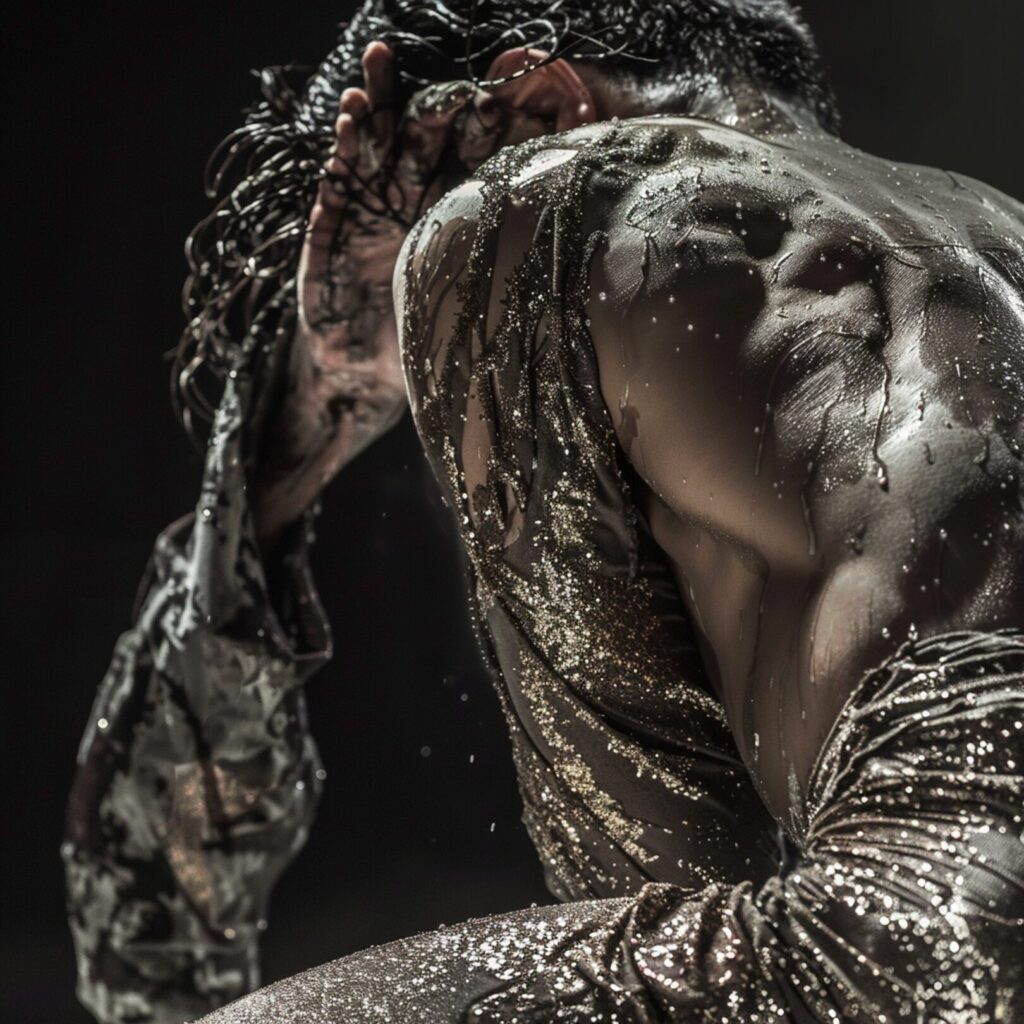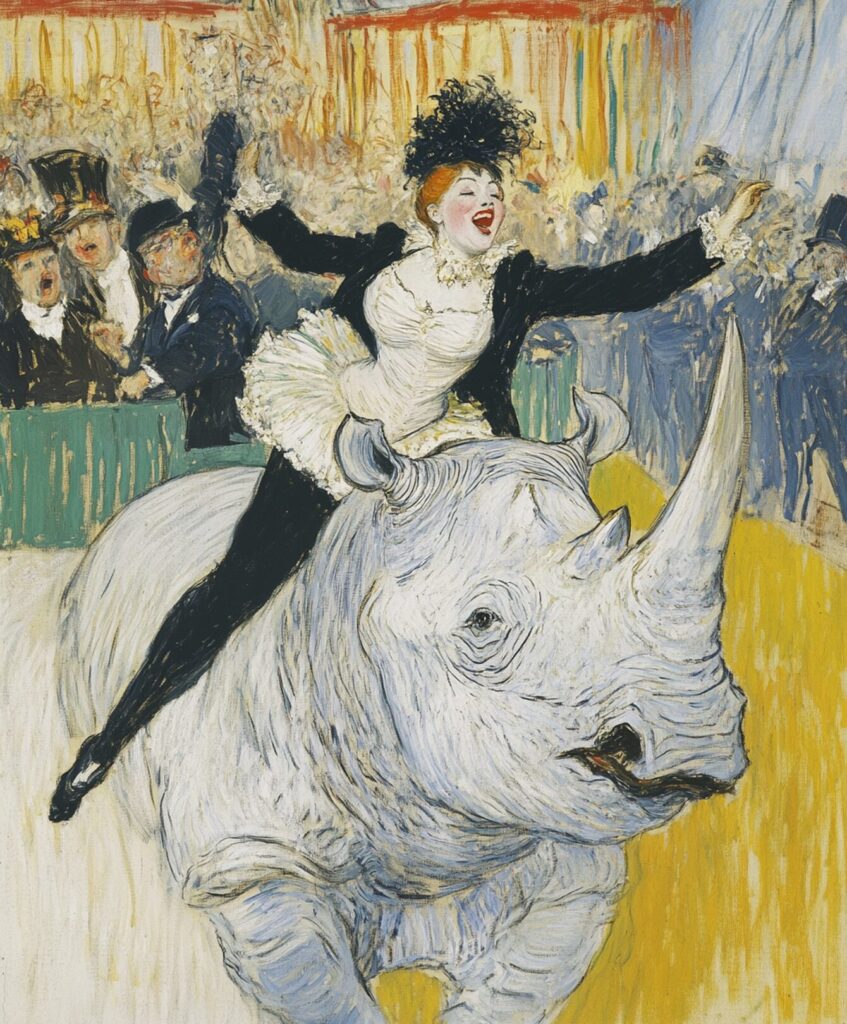AI in Live Performance: Creative Revolution or New Frontier?
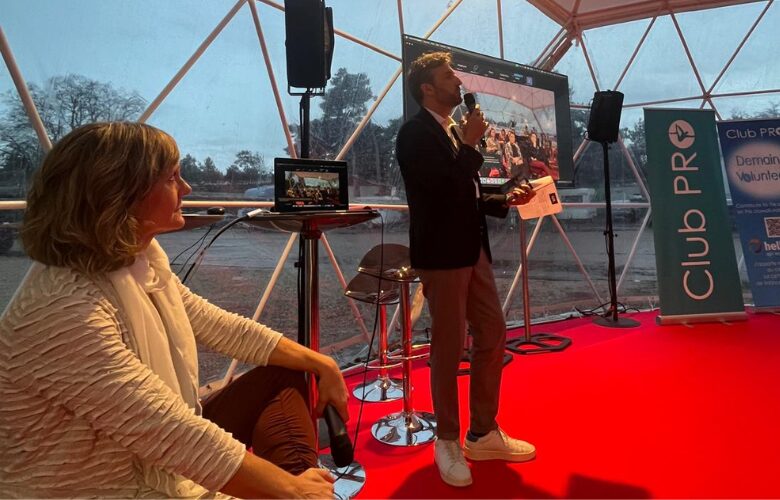
On January 24th, as part of the Club Pro professional program at the 44th edition of the Festival Mondial du Cirque de Demain in Paris, StageLync presented a session titled “Artificial Intelligence (AI) at the Heart of Live Performance: Creative Revolution or New Frontier?” This session reflected the Festival’s commitment to forward-thinking innovation, showcasing not only the selected artists but also a professional program that embraces the future of our industry. Pascal Pierron, curator of the Club Pro program, emphasized the significance of addressing this topic. From the outset, the organizers agreed that beyond discussing AI in theory, they would actively integrate AI into the process itself—exploring both its possibilities and limitations. AI was partially used in researching the topic, creating the opening presentation, and even in generating this article entirely after the live event. Enjoy the read, and feel free to comment and share your experiences, concerns, and hopes for this technology, which is undoubtedly shaping the future of our industry.
The session’s moderator, Stacy Clark, representing StageLync, kicked off the session with an engaging and interactive welcome, emphasizing the importance of human connection even in a discussion centered on artificial intelligence (AI). She humorously acknowledged her own limited technical expertise but highlighted her curiosity and commitment to exploring how AI is transforming the performing arts. The session aimed to spark dialogue, encourage open-mindedness, and facilitate deeper exploration of AI’s role in creative fields.
Clark set the tone by asking attendees to assess their knowledge of AI—from beginners to experts—before diving into an overview of AI’s integration into everyday life. She emphasized that AI is not just a distant, futuristic tool, but something we already use daily, from predictive text and creative software to immersive experiences and business operations. With that foundation, she introduced three speakers who showcased different aspects of AI’s impact on live performance, creativity, and production.
Presentations on AI and Live Performance
David Matz – AI as a Creative Collaborator
David Matz, an acrobat and technologist, introduced Volta Creative, his company that merges circus arts and technology. He emphasized that AI should be viewed as a collaborator, not a replacement, and shared examples of how his team incorporates AI into costume design, drone performances, and VR sound sculpting.
One of Volta Creative’s standout innovations is the Volta Wheel, the world’s first pixel Cyr wheel, which generates images in the air while performers move. He also demonstrated acrobatic drone formations, controlled in real time using AI-generated choreography. AI allows his team to render complex drone shows much faster than before, significantly reducing production time from six hours to under an hour.
Matz also highlighted how AI assists in costume design, enabling artists with limited drawing skills to create professional costume renders in minutes. Similarly, AI helps his team troubleshoot complex programming challenges, particularly in drone synchronization and virtual reality interactions. He concluded by emphasizing that while AI accelerates creative workflows, the human artistic vision remains essential in ensuring originality and emotional impact.
Daniel Simu – Robotics and AI in Circus Performance
Circus artist and creative technologist Daniel Simu shared his journey into robotics, which began when he sought to create a mechanized hand-to-hand partner after struggling to find human flyers. This led him to develop Acrobot, a robotic partner designed to perform alongside him.
Simu’s work has gained international recognition, with performances at major circus festivals and even appearances on talent shows like America’s Got Talent and France’s Got Talent. His presentation explored the broader fascination with robotics and AI, questioning whether machines can ever truly “perform” in the same way as human artists.
While Acrobot does not use AI for decision-making, its pre-programmed movements mimic human expression and spontaneity, challenging audiences to question where the boundary between technology and art truly lies. Simu reflected on the public’s mixed reactions, noting that while some found the performance charming, others were unsettled by the human-like qualities of the machine.
Ultimately, Simu sees AI and robotics as tools for artistic expression rather than replacements for human performers. He believes the circus world is uniquely positioned to spark conversations about the intersection of technology, performance, and humanity.
Raffaele De Ritis’ AI Experiment – Rewriting History Through Art
Historian and writer Raffaele De Ritis took a different approach, using AI to reimagine and fabricate historical narratives in circus. He shared the fictional story of a Japanese aerialist, completely generated using AI-powered research, text generation, and image creation. The story was accompanied by “historical” photographs and posters, all of which were AI-generated to mimic early 1900s circus imagery.
The Story of the Fictional Performer:
At the end of the presentation, Raffaele revealed that none of this was real—the entire story, including the character, photos, and historical references, had been fabricated using AI. He used it as an example to explore how AI can be used to create alternate histories, fill gaps in historical records, and shape our understanding of the past.
His experiment raised ethical and artistic questions:
How do we distinguish AI-generated fiction from real history?
Can AI help us imagine and reconstruct forgotten narratives, or does it risk rewriting history in misleading ways?
How do we ensure AI enhances storytelling rather than distorting reality?
This example demonstrated both the creative potential and the dangers of using AI in historical storytelling, leaving the audience with much to consider about the intersection of technology, memory, and artistic interpretation.
By training AI models on historical circus archives, artistic styles, and period aesthetics, Raffaele demonstrated how AI can fill gaps in historical records, generate plausible narratives, and create photorealistic “historical” images. His work raises ethical and philosophical questions about the role of AI in storytelling, particularly in balancing creative fiction with historical authenticity.
Raffaele also showcased AI-generated paintings, sculptures, and concept art, exploring how AI can emulate different artistic styles. He noted that AI functions as a collaborator in the artistic process, blending randomness with human curation and refinement.
His presentation left the audience pondering whether AI-generated histories and art blur the lines between reality and fiction, and whether they can enhance our understanding of the past or risk distorting it.
Key Takeaways from the Group Discussions
Following the presentations, attendees split into groups to discuss AI’s impact on creation, performance, production, audience engagement, and ethics.
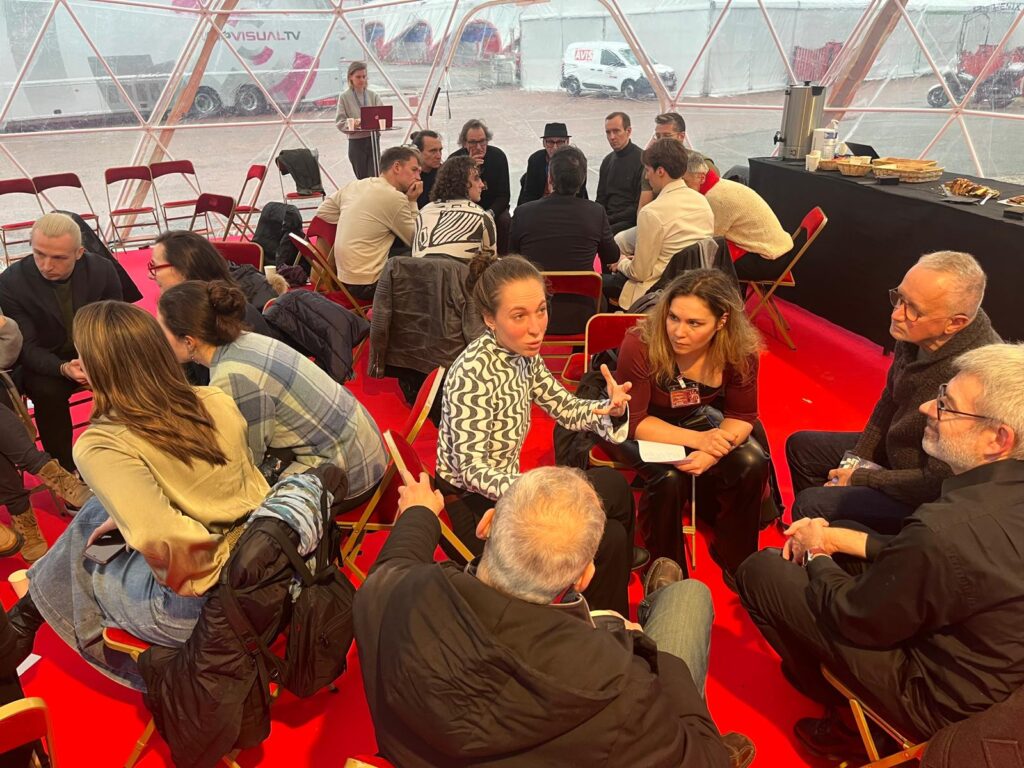
Here are some of the main insights:
1. AI as a Tool, Not a Creator
Most participants agreed that AI is a valuable tool for inspiration, ideation, and efficiency, but it does not replace human creativity. While AI can generate ideas, draft costumes, and compose music, true artistic innovation still requires human intuition, emotion, and critical thinking.
2.The Ethics of AI in Art
Many raised concerns about the ethics of AI-generated content, particularly in copyright, originality, and artistic authorship. Who owns an artwork when AI contributes significantly to its creation? Some participants felt that AI should always be disclosed as part of the creative process.
3. AI’s Role in Production and Performance
AI has already proven to be a game-changer in production design, logistics, and automation, reducing costs and expanding possibilities for smaller productions. However, some feared an over-reliance on AI could diminish the authenticity of live performance.
4. The Role of AI in Audience Engagement
A controversial discussion emerged around AI’s ability to track and analyze audience reactions. While this data can help shape performances and marketing strategies, some worried that it could lead to a “formulaic” approach to entertainment, where AI optimizes content for popularity rather than artistic risk-taking.
5. AI’s Future in the Performing Arts
Many attendees acknowledged that AI is evolving rapidly, and its role in the performing arts will likely expand in unpredictable ways. While some saw this as an exciting opportunity, others worried about potential job displacement and a loss of human craftsmanship.
Conclusion: The Future of AI in the Performing Arts
The event concluded with a recognition that AI is neither an enemy nor a savior, but a new tool that artists must learn to navigate. While AI can enhance creativity, improve efficiency, and open new artistic possibilities, it ultimately remains a tool in the hands of human creators.
As AI continues to develop, the performing arts industry must grapple with its benefits, risks, and ethical implications, ensuring that technology serves artistic expression rather than replacing it. The discussions made it clear: AI can be a powerful collaborator, but the soul of art still belongs to human creativity.
Main image: Moderator Stacy Clark and Charlie Pierron, sharing the group discussion result. Photo is courtesy of the Festival.
Share your AI-related work and experience: [email protected]
Editor's Note: At StageLync, an international platform for the performing arts, we celebrate the diversity of our writers' backgrounds. We recognize and support their choice to use either American or British English in their articles, respecting their individual preferences and origins. This policy allows us to embrace a wide range of linguistic expressions, enriching our content and reflecting the global nature of our community.
🎧 Join us on the StageLync Podcast for inspiring stories from the world of performing arts! Tune in to hear from the creative minds who bring magic to life, both onstage and behind the scenes. 🎙️ 👉 Listen now!

